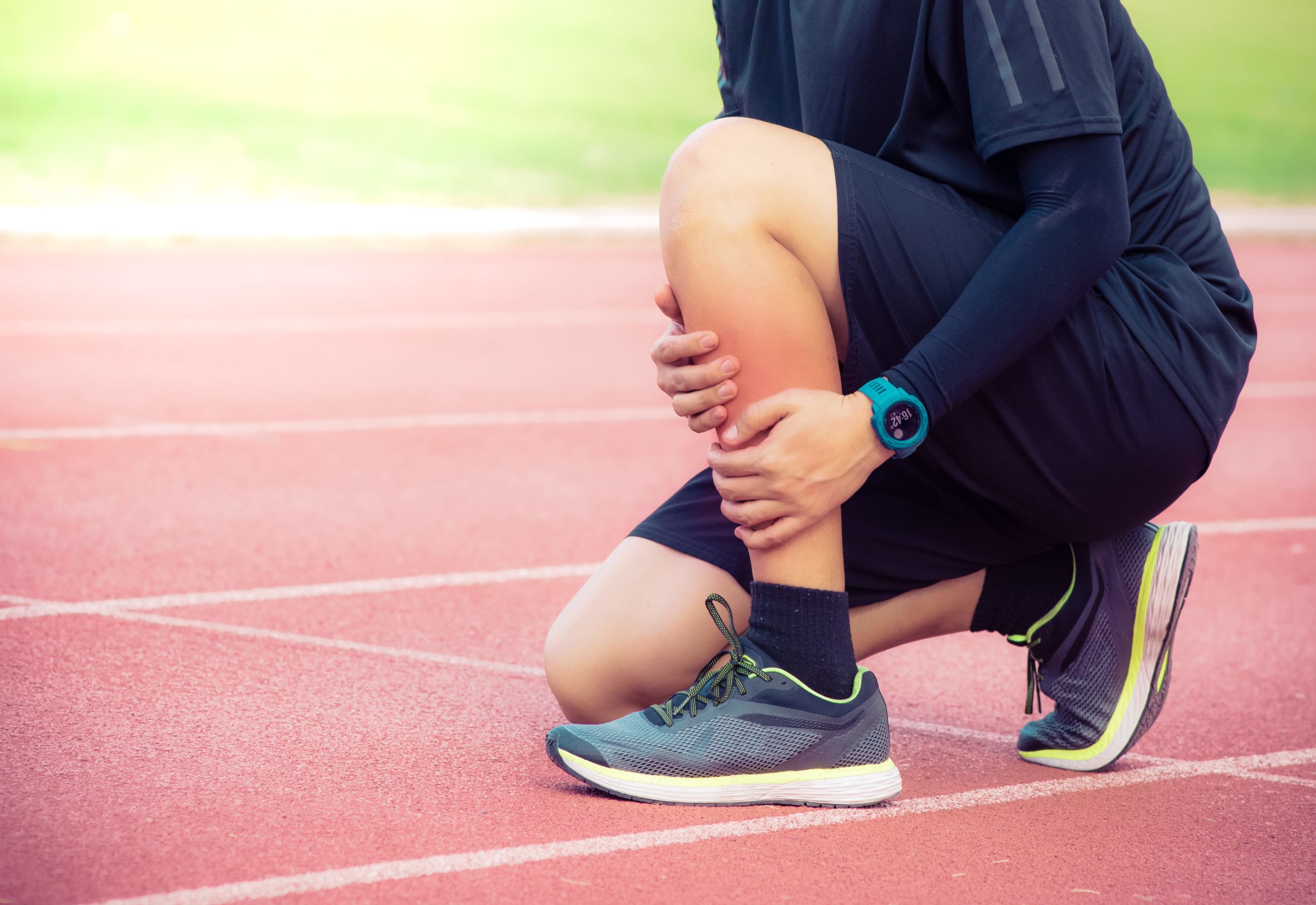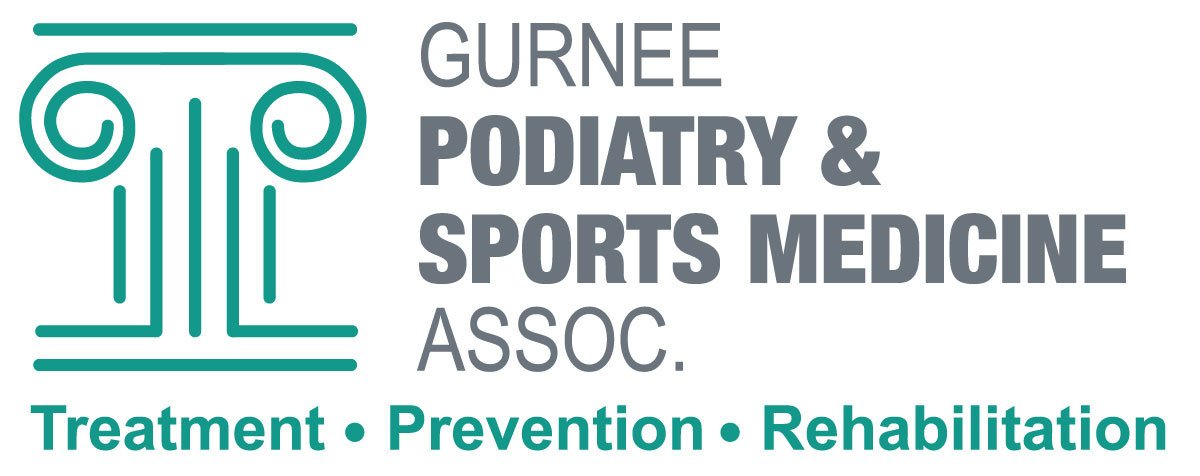What are Shin Splints?
Medial tibial stress syndrome (MTSS) is an overuse repetitive type injury of the shin area. Although it can occur on the front or anterior leg musculature, it’s most commonly located on the inside of the shin bone (tibia), hence the medial side.
When medial tibial stress syndrome (MTSS) occurs along the inside portion of the shin bone, commonly called “shin splints”, it’s related to the posterior tibial tendon. This common sports injury is especially prevalent in runners, but can occur with any running athlete. Long-standing or involved cases can be related to exertional leg pain, chronic compartment syndrome and even stress fractures which are more complex to diagnose and treat.
Traditional MTSS/shin splints, although often not serious, can be quite disabling and can progress causing loss of competition or playing time if not treated properly and quickly.

Shin Splints Signs and Symptoms
Symptoms of shin splints include a pain in the bottom third or middle of the inside of your shin that may be sharper when you touch the area. It may also feel like a dull ache during your exercise routine. You will notice an uptick in symptom severity with activity and a reduction when you rest your body.
If you're just starting to develop MTSS, you may notice that the pain is more intense at the beginning of your workout and becomes less noticeable as the activity progresses. If left untreated, MTSS can become worse, with the pain felt both during exercise and continuing after.
What Causes Shin Splints?
Often, the cause of MTSS is multi-factorial and involves training errors, muscular weakness, inflexibilities, various biomechanical abnormalities, and even shoe and running surface. Medial Tibial Stress Syndrome if often the result of:
- Inflammation of the muscles running the length of the shin (the posterior tibial muscle)
- Inflammation of the fascia (the tissue covering of the posterior tibial muscle)
- Injury to the periosteum (vascular tissue that surrounds the bone) from overloading and abnormal pull of the leg muscles .
Dysfunction, tightness and/or weakness of the tibialis posterior, long flexor tendons, tibialis anterior, and soleus muscles are commonly involved as they are very important in running athletes.
Abnormal foot alignment often can predispose running athletes to shin pain. As the foot abnormally pronates (rolls inward) the strain placed on the posterior tibial muscle increases, and becomes abnormally lengthened which causes pain.
Runners ramping up too quickly, running in less supportive or worn shoe gear, runners with poor form ie: excessive heel striking or hip and core weakness allowing the collapse of the knee inwardly, will also predispose this athlete to shin pain.
How Do I Get Shin Splints?
Shin splints are a common problem that can result from a variety of factors, including:
- Wearing shoes that don't fit well.
- Using shoes that offer very little support.
- Weak core muscles, hips, or ankles.
- Working out without stretching for a warmup or cool down.
- Having flat feet or overpronation.
- Participating in sports that require repetitive running or jumping.
- Excessive hip motion.
- Previous running injury.
- A body mass index over 20.2.
When you participate in physical activity regularly, you may notice shin splints start if you make any sudden changes to your workout regime. These changes can include participating in a longer, more intense, or more frequent workout routine.
How Is MTSS Diagnosed?
If you think you're experiencing shin splints, you'll want to get into your medical professional for a diagnosis. Your doctor will perform a thorough physical examination, take a full health history, and observe you as you perform activities that bring about your symptoms. Your health care professional will also perform a series of measures and tests of your musculoskeletal system to determine your flexibility, mobility, strength, and pain response. If you experience pain when pressure is applied to specific locations on the shin, your doctor will be able to diagnose you with MTSS quickly.
Your doctor may recommend physical therapy for your shin splints or provide you with exercises to do at home to help alleviate your pain. You may need to participate in further testing if a more serious condition contributes to the pain in your shins.
How To Heal Shin Splints Quickly
Minor shin splints may heal on their own if treated properly. At-home remedies include:
- Rest. Your body needs time to heal itself, and providing it with some well-deserved rest is the best way to achieve that.
- Ice. You can apply ice to ease the pain and help reduce swelling. You should apply ice for 20 to 30 minutes every three to four hours for two to three days, or until you're pain-free.
- NSAIDs. You can also take nonsteroidal anti-inflammatory drugs such as naproxen, ibuprofen, or aspirin to help reduce any swelling or ease the pain. Be sure to follow directions on the label or your doctor's advice when taking medications, even ones available over the counter.
- Insoles or orthotics. If your arches flatten or collapse when you stand up, you can purchase insoles or orthotics to help. They are available for off-the-shelf purchase at your local pharmacy or can be custom-made for your foot.
You can also perform several exercises at home that are known to help alleviate shin splints. These include:
- Step-ups. Perform three sets of 10 to 12 step-ups for each leg. You will step to an elevated platform using the foot on the step to pull you up instead of the foot on the floor.
- Soleus squat. Use the wall for sitting against it with your knees at about an 80-degree angle for 20 to 30 seconds. Repeat this four to six times.
- Bent leg calf raises. Keep your knee flexed at about 30 degrees for three sets of 12 while on the edge of a small step to raise and lower your leg.
- Single leg soleus bridge. Bracing your forefoot on a step, use your arms to lift your bottom off the floor and support you using one leg. Do three sets of eight to 12 reps.
- Hip hitches. While standing on the edge of a step, hitch your pelvis up and lower while keeping your leg straight. You'll want to do this one eight to 12 reps on each leg for three sets.
- Calf raises. Raise and lower your body while balancing on the edge of a small step holding a 5- to 8-pound weight. These should be slow and controlled for three sets of 15.
- Side-lying leg lift. While on one side, lift the top leg up while keeping your knee straight. You'll want to do three sets of 12 to 15 reps on each leg or until the glute muscles feel tired.
Your treatment regime may also include recommendations for modified landing and takeoff techniques for athletes who repetitively jump in their sport. It could also include modified foot and leg control for walking and running. To prevent MTSS from returning, adopt a stretching routine both before and after physical activity, perform endurance and strength exercises, choose footwear designed for your activity, and exercise on softer surfaces as much as possible.
Contact Gurnee Podiatry and Sports Medicine Associates
If you or a family member appears to be suffering from shin splints or any other podiatric condition that needs attention, reach out to Dr. Bever at Gurnee Podiatry & Sports Medicine Associates. You can reach us by phone or via our convenient online messaging service if you have any questions or would like to schedule an appointment. We have two locations, along with day, evening, and Saturday hours, to better serve you.
